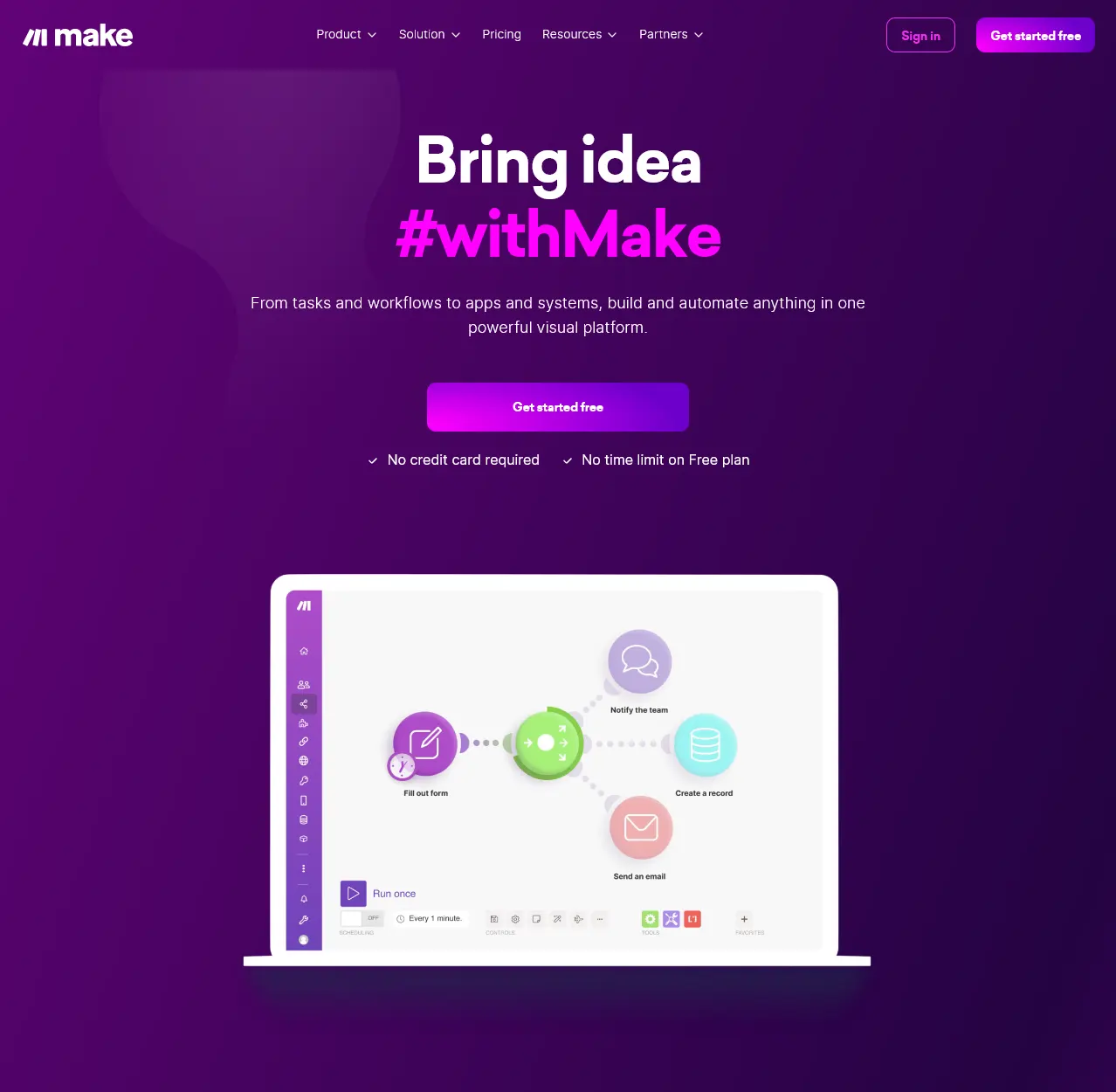Starting a Roadside Assistance Business Without Towing: Complete Guide
Start a roadside assistance business without towing: complete guide
Roadside assistance businesses provide crucial services to strand motorists during their nearly vulnerable moments. While towing oftentimes come to mind start when think about roadside assistance, there be a substantial market for non towing services that entrepreneurs can tap into with lower startup costs and fewer regulatory hurdles.
This guide explores how to establish a successful roadside assistance business without offer tow services, focus on the essential steps from plan to execution.
Understand the non towing roadside assistance market
Before diving into operations, it’s important to understand what services you can offer without two capabilities:
Core non towing services
- Jump starts Help motorists with dead batteries
- Tire changes Replace flat tires with spares
- Fuel delivery Bring gas to stranded drivers
- Lockout assistance Help drivers who are lock out of their vehicles
- Minor mechanical fixes Perform simple repairs that get vehicles run again
- Battery replacement Instal new batteries on site
- Fluid refills Top off essential fluids like coolant or oil
Market analysis
The roadside assistance market continues to grow as more vehicles hit the roads. Accord to industry statistics, over 69 million breakdowns occur yearly in theUnited Statess exclusively. Of these incidents, some 60 % require services other than tow, create a substantial opportunity for specialized providers.
Research your local market to identify:
- Exist competition and their service offerings
- Gaps in service coverage (geographic areas or specific services )
- Local traffic patterns and breakdown hotspots
- Average response times of current providers
Create a business plan
A comprehensive business plan serves as your roadmap to success. Include these essential elements:
Executive summary
Outline your business concept, target market, and unique value proposition. Will explain why your non towing roadside assistance business will succeed.
Service offerings
Detail each service you will provide, will include will estimate service times and pricing structure. Consider offer service packages or membership options for recur revenue.
Market analysis
Document your research on the local market, include competition analysis and potential customer base. Identify your competitive advantage.
Operations plan
Will describe how you will handle dispatch, service delivery, quality control, and customer service. Include your hours of operation and coverage area.
Marketing strategy
Will outline how you will attract and will retain customers through various marketing channels.
Financial projections
Create realistic forecasts for startup costs, monthly expenses, and revenue projections. Include a break fifty analysis and cash flow projections for at least three years.
Legal requirements and business structure
Establish your business lawfully is crucial for long term success and protection.
Business structure
Choose the appropriate legal structure for your business:
- Sole proprietorship Simplest structure but offer no personal liability protection
- Limited liability company (lLLC) Provides personal asset protection while maintain operational flexibility
- Corporation Offer the strongest liability protection but involve more complex regulations and potential double taxation
Most small roadside assistance businesses start as LCS due to the balance of liability protection and operational simplicity.
Licensing requirements
While non towing services typically will require fewer licenses than will two operations, you’ll notwithstanding will need:
- Business license from your city or county
- State business registration
- Employer identification number (ean))rom the irsIRS
- Sales tax permit (if sell products like batteries )
Some states may require specific permits for transport fuel or handle certain automotive fluids. Check with your state’s department of transportation and environmental agencies for requirements.
Insurance coverage
Proper insurance is non-negotiable in the roadside assistance industry. You will need:
- Commercial auto insurance Cover your service vehicles
- General liability insurance Protects against claims of property damage or bodily injury
- Garage keepers liability Covers damage to customer vehicles while in your care
- Workers’ compensation Required if you have employees
- Business interruption insurance Help if your business operations are temporarily halt
Work with an insurance agent experience in automotive service businesses to ensure comprehensive coverage.
Equipment and vehicle requirements
The right equipment enable you to provide efficient, professional service without two capabilities.
Service vehicle options
Without the need for tow equipment, you have several vehicle options:
- Cargo van Offer ample space for equipment and parts while being more fuel efficient than trucks
- SUV with cargo space Good for urban areas with limited parking
- Light duty pickup truck Versatile option with good capacity for equipment
Your vehicle should be reliable, fuel efficient, and professionally brand with your company logo and contact information.
Essential equipment
Stock your vehicle with these tools and supplies:
- Jump to start equipment heavy-duty jumper cables and portable jump starters / power packs
- Tire change tools Jack, lug wrench, torque wrench, tire pressure gauge, air compressor
- Lockout tools Professional lockout kit (ensure legal compliance for use )
- Fuel containers Dot approve gas cans (typically 5 gallon capacity )
- Basic mechanic tools Wrenches, screwdrivers, pliers, socket sets, etc.
- Battery testing equipment Multimeter and battery load tester
- Safety equipment Reflective vests, traffic cones, warning triangles, fire asphyxia tor, first aid kit
- Common replacement parts Batteries, belts, hoses, fuses, bulbs
- Fluids Engine oil, coolant, brake fluid, power steering fluid, washer fluid
Technology requirements
Modern roadside assistance businesses rely on technology for efficient operations:
- Smartphone with reliable data plan For communication, navigation, and payment processing
- GPS navigation system For accurate and efficient routing
- Dispatch software To manage service requests and track jobs
- Mobile payment processing Square, PayPal, or similar services
- Customer relationship management (cCRM)system To track customer information and service history
Price your services
Develop a profitable pricing structure require careful consideration of costs and market conditions.
Cost analysis
Calculate your costs for each service, include:
- Direct costs (fuel, parts, supplies )
- Labor costs (your time or employee wages )
- Vehicle expenses (maintenance, depreciation, insurance )
- Overhead costs (marketing, office expenses, software subscriptions )
Pricing models
Consider these common pricing approaches:
- Flat rate pricing Set prices for each service disregarding of time or complexity
- Time base pricing Charge by the hour plus materials
- Membership model Monthly or annual subscription for discount services
- Distance base surcharges Additional fees for services beyond your core service area
Research competitor pricing in your area, but don’t mechanically undercut them. Alternatively, focus on value add service that justify your rates.
Sample pricing structure
While prices vary by location, here’s a general framework:
- Jump to start servic$75 75 100
- Tire change: $75 125
- Lockout service: $85 150
- Fuel delivery: $75 100 plus fuel cost
- Battery replacement: $150 250 ((nclude battery ))
- Minor mechanical repairs: $100 150 per hour plus parts
- After hours surcharge: $25 50
Market your roadside assistance business
Effective marketing is essential for attract customers in this competitive industry.
Build your brand
Create a professional, memorable brand identity:
- Develop a distinctive logo and consistent visual identity
- Choose a memorable business name that clear communicates your services
- Create professional vehicle graphics that serve as mobile billboards
- Establish a unique selling proposition that differentiate you from competitors
Digital marketing strategies
- Website development Create a mobile friendly website with clear service information, pricing, and easy contact options
- Local SEO Optimize your online presence for local searches like” roadside assistance near me ”
- Google business profile Maintain an update profile with accurate service hours and customer reviews
- Social media presence Focus on platforms where your customers are active, share helpful content and service update
- Online reviews Actively request and respond to customer reviews on Google, yelp, and other platforms
Partnership marketing
Develop strategic partnerships with complementary businesses:
- Auto repair shops for referrals when vehicles need more extensive repairs
- Auto parts retailers for cross promotion
- Local insurance agents who can recommend your services
- Car dealerships for overflow roadside assistance requests
- Fleet managers for corporate accounts
Traditional marketing methods
Don’t overlook offline marketing tactics:

Source: ezopie.com
- Business cards and brochures at auto relate businesses
- Local newspaper and radio advertising
- Community event sponsorship
- Branded promotional items like refrigerator magnets
Operations and service delivery
Efficient operations are the backbone of a successful roadside assistance business.
Service area planning
Define your primary service area base on:
- Population density and traffic patterns
- Distance you can moderately travel while maintain quick response times
- Competitor coverage and service gaps
- Areas with higher breakdown rates (highways, older neighborhoods, etc. )
Consider start with a smaller, swell define service area and expand as your business grow.
Dispatch and response system
Develop efficient protocols for handle service requests:
- Clear phone answering procedures with scripted questions to gather essential information
- Online booking options for non-emergency services
- Dispatch software to manage and track service calls
- GPS route to optimize travel time
- Communication protocols for update customers on arrival times
Quality control
Implement systems to ensure consistent, high quality service:
- Service checklists for each type of assistance
- Regular equipment maintenance and inventory checks
- Post service follow up with customers
- Ongoing training and skill development
Scale your business
Plan for growth from the beginning:
- Document all processes and procedures for easy training
- Identify triggers for adding additional service vehicles or technicians
- Consider franchise opportunities as expansion options
- Develop relationships with contract technicians for peak demand periods
Building revenue streams beyond emergency services
Diversify your income sources to build a more stable business.
Membership programs
Create subscription base offerings:
- Annual or monthly membership plans with discount services
- Tiered membership levels with different service inclusions
- Family plan cover multiple vehicles
- Corporate accounts for small business fleets
Preventative services
Offer schedule maintenance services that prevent breakdowns:

Source: thedacian.com
- Mobile battery testing and replacement
- Seasonal vehicle inspections
- Fluid checks and top offs
- Tire pressure and tread checks
Product sales
Generate additional revenue through related product sales:
- Batteries and battery maintenance products
- Emergency kits and supplies
- Phone chargers and jump starters
- Tire repair kits
Corporate and event services
Explore b2b opportunities:
- Standby service for corporate events
- Parking lot assistance services for large venues
- Fleet maintenance contracts
Challenges and solutions
Anticipate common challenges and prepare solutions in advance.
Seasonal demand fluctuations
Challenge: Roadside assistance call oftentimes spike during extreme weather and holiday travel periods.
Solutions:
- Develop relationships with contract technicians for busy periods
- Offer seasonal preventative services during slower periods
- Implement surge pricing during extreme demand
- Cross train in complementary services that have countercyclical demand
Competition from national providers
Challenge: Large companies like AAA dominate the market with established reputations.
Solutions:
- Focus on faster response times than national providers
- Emphasize personalize, local service
- Target underserved areas or times (nights, weekends )
- Partner with local businesses for mutual referrals
Manage customer expectations
Challenge: Customers in distress oftentimes have unrealistic expectations about response times and service capabilities.
Solutions:
- Clear communication about estimate arrival times
- Transparent pricing and service limitations
- Regular update if delays occur
- Advantageously define policies for situations beyond your capabilities
Conclusion
Start a roadside assistance business without tow services offer entrepreneurs a pathway into the automotive service industry with lower barriers to entry. By focus on common non towing services like jump starts, tire changes, lockout assistance, and fuel delivery, you can build a profitable business that meet real customer needs.
Success in this industry depend on reliable service, quick response times, and build a reputation for trustworthiness. With careful planning, appropriate equipment, and strategic marketing, your roadside assistance business can become an essential service in your community while provide a sustainable livelihood.
Remember that the roadside assistance business is finally about help people during stressful situations. The technical skills are important, but exceptional customer service is what will build your reputation and lead to long term success.



